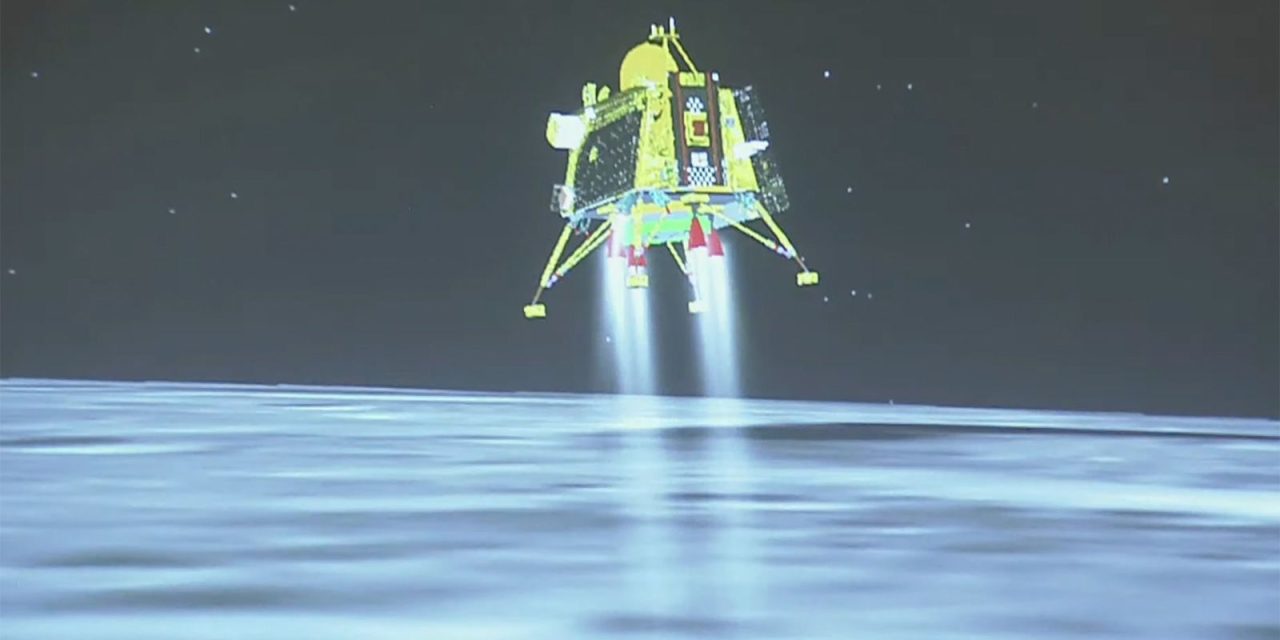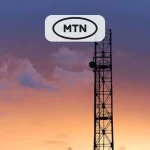
India On The Moon! Chandrayaan-3 Becomes 1st Probe To Land Near Lunar South Pole3 min read

The historic touchdown occurred at 8:33 am ET (1233 GMT or 6:03 p.m. India Standard Time), according to the Indian Space Research Organisation (ISRO). “We have achieved soft landing on the moon! India is on the moon!” ISRO chairman Sreedhara Somanath announced after the landing.
“This success belongs to all of humanity and it will help moon missions by other countries in the future,” India’s Prime Minister Narendra Modi said in a speech following the landing. “I’m confident that all countries in the world, including those from the global south, are capable of achieving such feats. We can all aspire to the moon and beyond.”
A little over two hours after landing, ISRO posted images to X (formerly known as Twitter) showing the moon’s surface as seen by Chandrayaan-3’s during its descent, adding that the agency has successfully established a communication link between the spacecraft and mission control.

Soon, a solar-powered rover named Pragyan (Sanskrit for “wisdom”) is expected to roll off Chandrayaan-3’s Vikram (“valor”) lander. The robotic duo will spend one lunar day (about 14 Earth days) exploring its new home, with the goal of collecting scientific data about the moon’s makeup before its batteries drain after sunset.
“The whole country is excited about this mission,” Anil Bhardwaj, director of the Physical Research Laboratory (PRL) in India, which built a few of the instruments onboard Chandrayaan-3, told Space.com prior to the landing. “We all hope that we will be successful in … bringing out new science from this mission.”

A live image from the moon by Chandrayaan-3 and a plot of its position during landing. (Image credit: ISRO)Chandrayaan-3 was India’s second try at landing near the moon’s south pole, a largely uncharted region of immense interest to scientists and exploration advocates alike. The south polar region is thought to harbor large amounts of water ice, which, if accessible, could be mined for rocket fuel and life support for future crewed missions. The country’s first attempt at a lunar touchdown, in September 2019, failed when the Chandrayaan-2 lander crashed into the moon due to a software glitch.
Close to four years and many design and software upgrades later, the homegrown Chandrayaan-3 spacecraft launched atop a LVM3 rocket on July 14 from a spaceport in Sriharikota, on India’s east coast. The spacecraft entered an elliptical orbit around the moon earlier this month, then performed multiple maneuvers to shift into a nearly circular path, which took it about 93 miles (150 kilometers) above the lunar surface.














xyj825
efk614
q6emi1